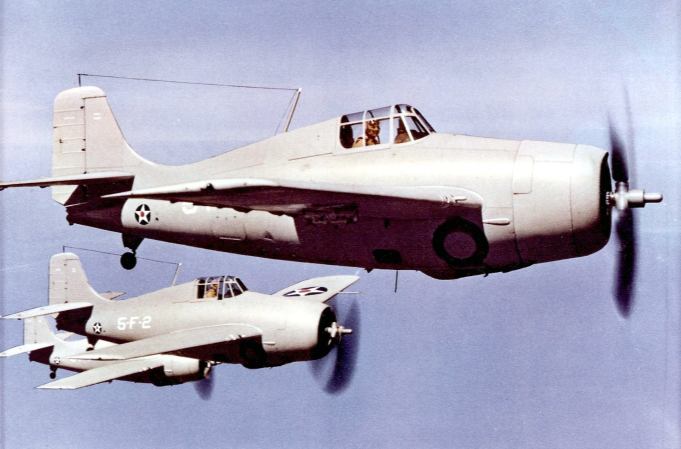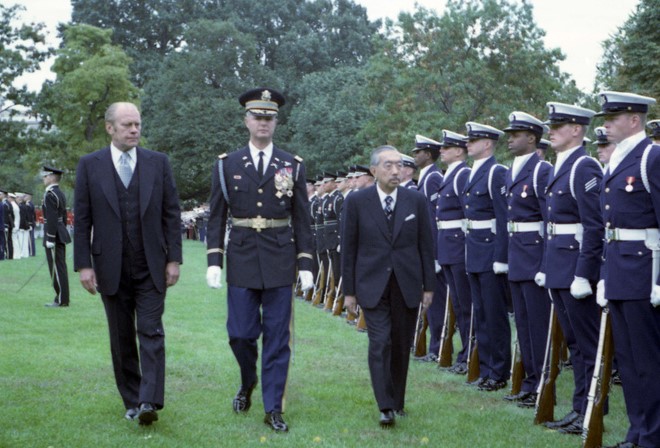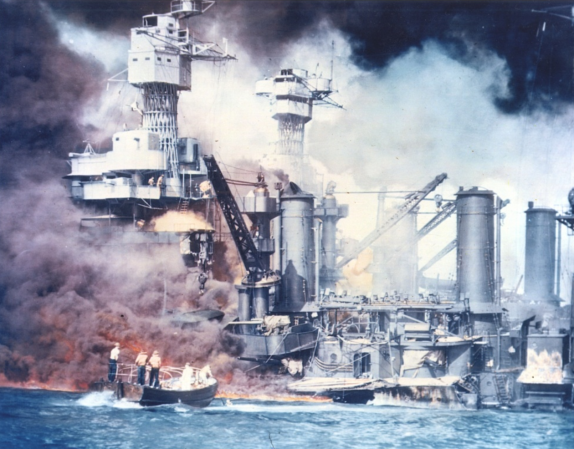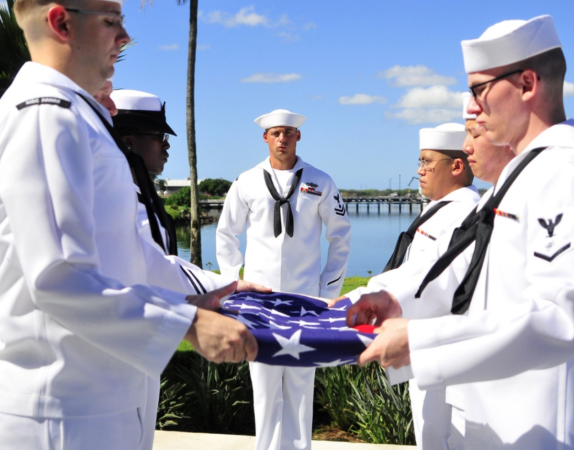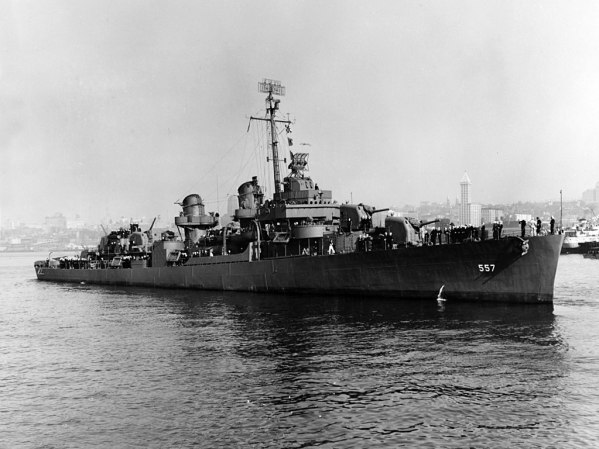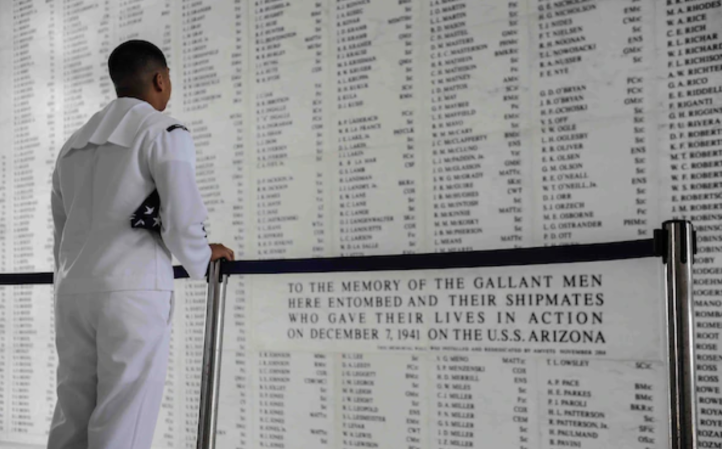If you wanted to visit the carrier the Doolittle Raiders flew from, the USS Hornet (CV 8), you need to go to the bottom of the Pacific Ocean. Specifically, the place to look is near the Santa Cruz Islands, where a major naval battle was fought 74 years ago. It is notable for being the last time the United States lost a fleet carrier.
So, what made Santa Cruz such a big deal? Partly it was because the Japanese were desperately trying to take Henderson Field, and felt they had a chance to do so. They had pushed the United States Navy to the limit after the battles of Savo Island and the Eastern Solomons. A submarine had also put USS Wasp (CV 7) on the bottom with a devastating salvo of torpedoes that also sank a destroyer and damaged USS North Carolina (BB 55).
Admiral Chester Nimitz had sent Vice Admiral William F. Halsey, who had just recovered from dermatitis that caused him to miss the Battle of Midway. Halsey decided to hit the Japanese Fleet first. The orders: “Attack – Repeat Attack!”
American planes damaged the carriers Shokaku and Zuiho, as well as the heavy cruiser Chikuma. The destroyer USS Porter (DD 356) took a hit from a torpedo fired by the Japanese submarine I-21 (although some sources claim the damage was from a freak incident involving a torpedo from a crashed TBF Avenger). USS Enterprise took two bomb hits, but was still in the fight, and would later retire from the scene after surviving two more attacks.
USS Hornet was hit by three bombs, two suicide planes, and two torpedoes in the first attack. Despite that damage, she was mostly repaired by eleven in the morning. However, that afternoon, a second strike put another torpedo into the 20,000-ton carrier. Halsey ordered the Hornet scuttled.
USS Mustin (DD 413) and USS Anderson (DD 411) put three torpedoes and over 400 five-inch shells into the Hornet before they had to retreat in the face of a substantial Japanese surface force. USS Hornet would not go down until the Japanese destroyers Akigumo and Makigumo put four Long Lance torpedoes into her hull.
All in all, Hornet took ten torpedoes, two suicide planes, and three bombs before she went down. Her sister ship, USS Yorktown (CV 5) had taken three bombs and four torpedoes before she went down at Midway, having also survived two bomb hits at the Battle of the Coral Sea that had not been completely repaired.
The lessons of the losses of USS Yorktown and USS Hornet would pay their own dividends. The United States would only lose one light carrier, USS Princeton (CVL 23), and six escort carriers for the rest of the war. Carriers like USS Franklin (CV 13) and USS Bunker Hill (CV 17) would survive severe damage in 1945, while USS Enterprise (CVN 65) and USS Forrestal (CV 59) would survive frightful fires during the Vietnam War.








